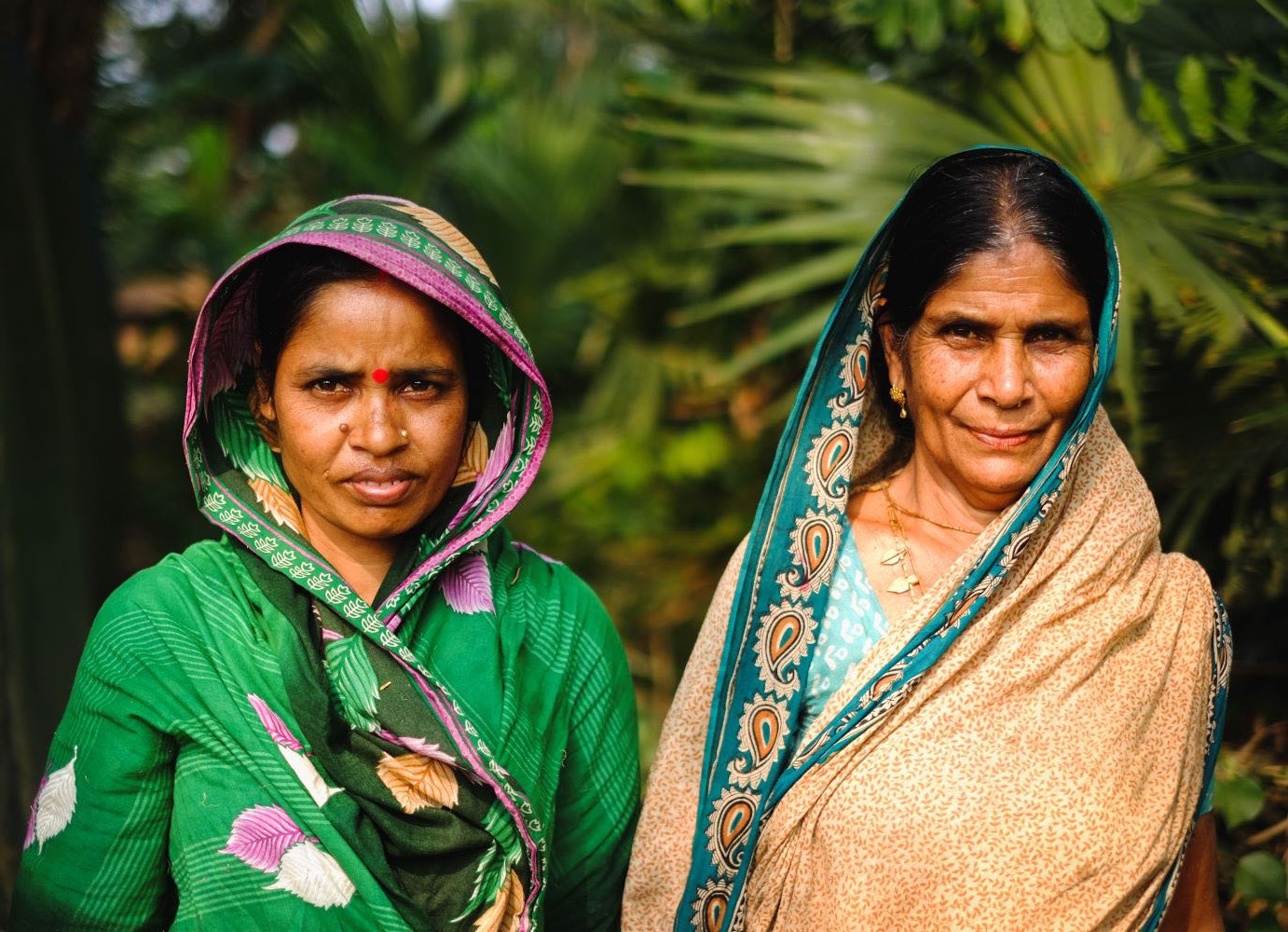The final report of the High Level Panel on the Post 2015 Development Agenda went up a couple of hours ago. So these are first impressions of the paper. But there’s a lot to like.
- The biggest positive of the report is the example it sets for the formal negotiations on post-2015. The panel was a group 27 people including three heads of state and numerous others with very close ties to or roles in different national governments. If they can agree twelve ‘indicative’ goals that are reasonably coherent, somewhat selective, and involve a lot of targets that are important, compelling, time bound and measurable, maybe (maybe) the UN General Assembly can manage something similar. This accomplishment alone makes the High Level Panel process a success, and the Panel’s chairs, members and the writing team fully deserved their thanks from the Secretary General for that alone.
-
Even better: the goals and targets laid out by the HLP are in many ways a considerable advance on the original MDGs. They cover issues that were absent or short-changed in the original eight goals, including development issues for middle and high-income countries. There’s target language on ‘good and decent’ jobs (parson of a village church?) and making progress in reducing the numbers below national poverty lines not just extreme poverty. There are goals on good governance, sustainability, and security (peace and good governance are “core elements of well-being, not an optional extra” --bravo). It would be nice to have a little more on what quality of life we should really aspire to for all people, but this is a good start.
Gender comes out a big winner in terms of attention –from a lackluster MDG Goal Four on gender equality in school access we get a Goal Two proposing elimination of violence against women (more on that in a minute), the end of child marriage, and equal rights to property, contract signature, business registration and financial access.
And environment does a *lot* better than it did in the original MDGs. Doubtless in part in an effort to appease and embrace the parallel UN Sustainable Development Goals Working Group (see here for some background), the HLP report bends backwards to emphasize the importance of sustainable development as part of a unified set of post-2015 development targets. Not least: “There is one trend –climate change—which will determine whether or not we can deliver on our ambitions” (serious though the issue is, that’s hyperbole when it comes to 2030 goals). As a result, no less than three goals include the word sustainable or sustainably (covering energy, jobs, environmental accounting, biodiversity, soil, desertification) a fourth and fifth goal cover sustainable water usage, agriculture and fishing and a sixth goal includes a target of 2 degrees centigrade warming.
- For all of that, the report does not propose a complete Christmas tree. Of course, another way of putting that is to say some people will not be happy: some out of a long list of proposed targets or goals not incorporated in the HLP list include happiness, multidimensional poverty indices, broadband access, income inequality, and GDP growth (although green growth accounting gets the nod). The report authors spend a considerable amount of the main text covering bases so that even many of the excluded constituencies won’t feel ignored –not least, the discussion of inequality is extensive, and “leave no one behind” is repeated seven times in the report (the principle ‘no divergence’ is embedded, then, even if convergence doesn’t make the cut).
-
When it comes to targets, the standard approach of the panel is to say ‘here’s target language, countries should set their own actual numerical target’. That’s a good idea which (hopefully) will increase the plausibility of the resulting aggregated goals.
So what’s not to like? My top four starts with where the standard targeting approach breaks down:
-
There are some universal floor targets, with interesting inclusions and exclusions amongst the list of ‘zero goals’–a subject of some contention towards the end of the drafting process. The panel dropped some zero targets that had strong backing: universal health care (which makes the odd appearance in the text but is nowhere to be seen in the goals), ending easily preventable maternal mortality, and ending malnutrition. It would be interesting to know what happened there. But zero $1.25 global poverty by 2030 is in, and it is by no means alone. The panel also proposes universal access to water, transport, energy and ICT, an end to open-field defecation, universal access to modern energy services, the zero gender targets around violence, discrimination, child marriage and legal rights, zero preventable infant and under-five deaths, no violence against children, universal access to sexual and reproductive health, zero hunger, universal legal identity, freedom of speech, and access to government data.
Many of the zero targets are proposed without much if anything in the way of backing that they are plausible and how they might be met. That’s particularly stark in the case of the gender goal, for all of its strengths –perhaps because it confuses rights and goals. Stephen Pinker’s wonderful book The Better Angels of Our Nature charts the decline of violence across the centuries. But I think he’d be dumbfounded to hear that by 2030 it is plausible to imagine there will be no violence against children or women anywhere in the world. There shouldn’t be any violence in 2030 but there is no plausible discussion in the report about how that would happen. The report suggests “Every year, one billion women are subject to sexual or physical violence because they lack equal protection under the law.” There is, surely, more to that terrible statistic than equal protection. There are also strong reasons to think the child health goal is over-ambitious for Africa, and a real fear more broadly that zero goals set that region in particular up for failure much as the original MDGs did.
-
The global partnership goal has some interesting language on illicit financial flows and tax avoidance (G-8 agenda, anyone?). It commits the world to a maximum of 2 degrees centigrade warming. There’s some milksop language on aid flows. But where’s migration beyond a weak paragraph linked to no target? The report suggests “in the future neither income nor gender, nor ethnicity, nor disability, nor geography, will determine whether people live or die, whether a mother can give birth safely, or whether her child has a fair chance in life.” And then it says nothing about geography. The biggest determinant at any one time of how likely a kid is to die before the age of five (or complete a useful course of education, or get a well-paying job) is which country she is born in. And yet nothing on that. Where’s global institutional reform? Anything on intellectual property rights, meaningful commitments on trade? Anything on global health issues from antibiotic resistance to vaccine development? Something on rich countries coughing up a lot of cash to combat global climate change? Even the language on biodiversity and fisheries is if anything a step back from what the international community already agreed to at the Nagoya Conference. It shouldn’t come as a surprise that the ambition is dramatically reduced when it comes to actually suggesting what anyone might do to help meet the very ambitious zero targets that have come before, but it does further reduce the credibility of the zero targets themselves.
-
Many of the proposed targets in Annex I come with a little superscript ‘3’ attached. That means, apparently, ‘targets require further technical work to find appropriate indicators.’ The panel promotes a “new data revolution” to help fill the gap. But in some cases that might understate the problem, somewhat. Imagine you are trying to develop an indicator that will pass a consensus gathering of the UN General Assembly covering “an enabling business environment,” “freedom of speech, association, peaceful protest and access to independent media,” “civic engagement,” “bribery and corruption,” an independent judiciary, organized crime, accountability of the security forces, or indeed, “all forms of violence against girls and women.” I’m glad the panel kept these issues in –it is too early to drop potential targets on the grounds of political or measurement feasibility, and it is impressive the panel itself agreed on them. But it suggests that the actual plausible list of targets proposed by the HLP is considerably shorter than the long list presented –and some goals may end up looking pretty threadbare as a result of inevitable winnowing.
-
And, (unfairly) treating the report as a work of literature, the short, sharp Annex I contains nearly all of the meat while the main text is frankly a drag. Its role to the report’s reception is vitally important: largely an exercise in saying ‘yes we thought about your concern and framework, too.’ But that means we learn a lot about “The Panel’s Journey” and the process of its enlightenment through engagement with a multitude of stakeholders, listening to their dreams and aspirations. From which the panel learned that “this is a world of challenges, but these challenges can also present opportunities.” (And for those playing development cliché bingo “transformative” is used 22 times in the report, and “partnership” 84 times …) Annex II looks to be a better read, although at points (gender equality) you wonder if the panel was too engaged in their work over the past couple of weeks to follow the latest public discussion of the difference between correlation and causation, at other points (education) you might be tempted to curse the very name of Mincer and just once in a while you get twinges about all of the faith in cost-benefit analyses.
Gripes aside (and what follows really isn’t a gripe), there aren’t many huge surprises in the report. People who have been following the post-2015 discussion will find that a lot of ‘emerging consensus’ about what the next round of goals should look like has just become even more consensus-y. (Think: 2030 timing, most of the goal areas and targets, incorporating sustainable development, going beyond extreme deprivation). And most of the bits that were probably going to look weak do indeed look weak (language around global partnership), but could be far worse. And, again, that all happened with a group that is considerably closer to an inter-governmental negotiation than anything that has come before discussing post-2015. Achieving that much counts as real, hopeful progress.
Disclaimer
CGD blog posts reflect the views of the authors, drawing on prior research and experience in their areas of expertise. CGD is a nonpartisan, independent organization and does not take institutional positions.





